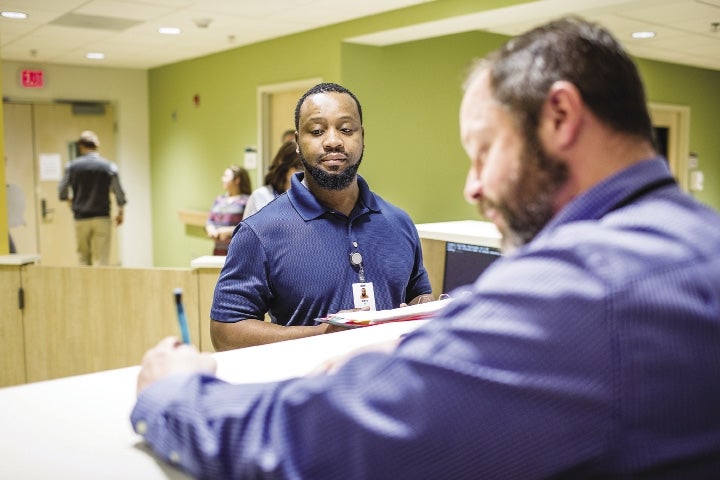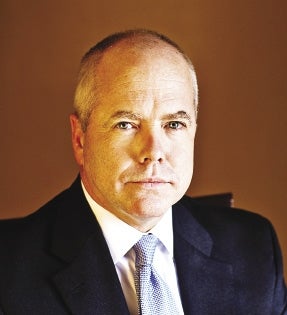Healthcare industry optimistic as opioid deaths slow
Overdose deaths from opioids have risen each year since 2010 and have nearly quadrupled, but new Massachusetts data is showing the rate may finally be slowing.
The number of opioid overdose deaths fell by 53 in the first six months of 2017 compared to the same time period last year, according to the state Department of Public Health.
The latest quarterly report on opioid overdose deaths tracked 978 confirmed and estimated opioid overdose deaths from January through June, representing a 5-percent decrease from the 1,031 in the first half of last year.
According to the DPH, the increase in estimated death rates has been slowing since 2014, when there was a 40-percent increase from 2013. That increase dropped to 31 percent the next year and then again to 17 percent in 2016.
For healthcare workers and public safety officials on the frontlines, those numbers represent a welcome break in an onslaught that has been plaguing the area and entire country for several years.
“It's good news,” said Kurt Isaacson, president and CEO of Spectrum Health Systems, a leading provider of substance abuse treatment in the Central Mass. area.
Isaacson attributed the slowing rates to a variety of programs, initiatives and legislation enacted to combat the public health crisis.
Most notable was a landmark opioid bill approved by the state Legislature in 2014 tackling several issues, including limiting prescriptions and providing education for students and doctors.
It also strengthened access to insurers and the bed-finder tool website, requiring patients receive information on medication-assisted therapies after being discharged from a substance-use treatment program, and ensuring protection for individuals who administer overdose-reversing Narcan.
Stigmas attached to addiction are finally beginning to fade away, Isaacson said.
“There's been some destigmatization of this disease, and the awareness that it is a disease has allowed people to come into treatment at a greater rate,” he said.
Spectrum treated 2,400 patients for opioid abuse in 2013, but that number shot up to 4,900 in 2016, he said.
With an increase in access to treatment also came an increase in people wanting treatment, he said. That increase led to Spectrum opening six new facilities throughout the state since 2013, bringing its total to 13.
Though the death rate is slowing, Isaacson said the rate of non-fatal overdoses may still be increasing. Narcan, which reverses the effects of an overdose, may mask the fact that overdose rates are still high.
“I would suspect that their either flat or slightly increasing,” Isaacson said, adding that non-fatal overdoses aren't tracked as closely as fatals.
He's still optimistic that state and local officials, public health experts and treatment providers are finally making a dent.
“I hope it's a trend,” he said.











0 Comments